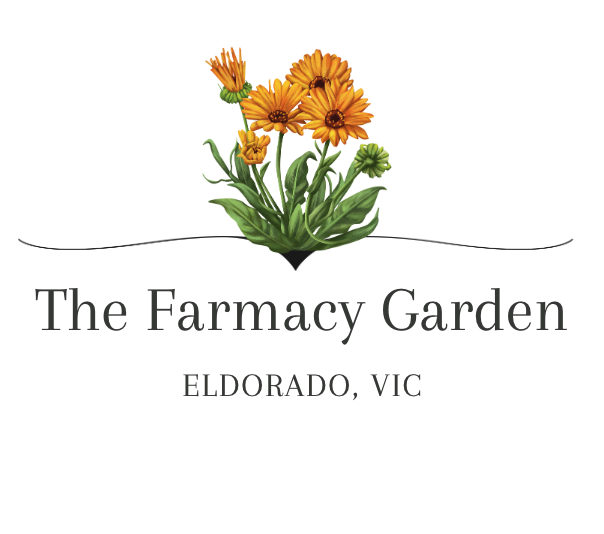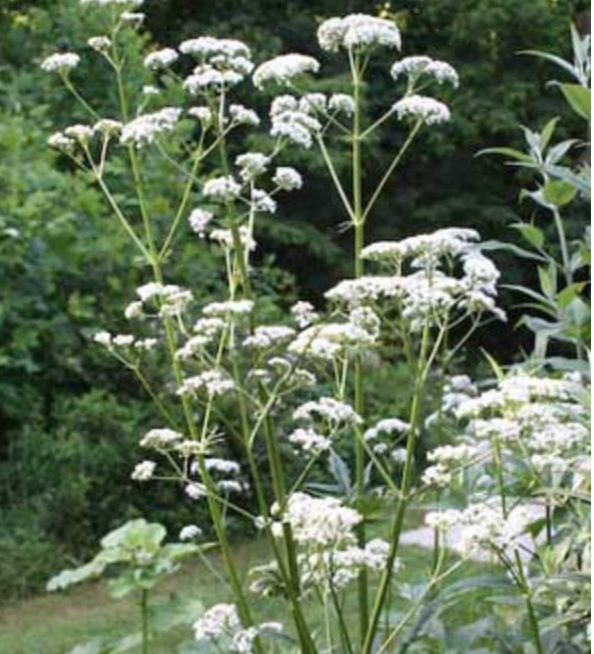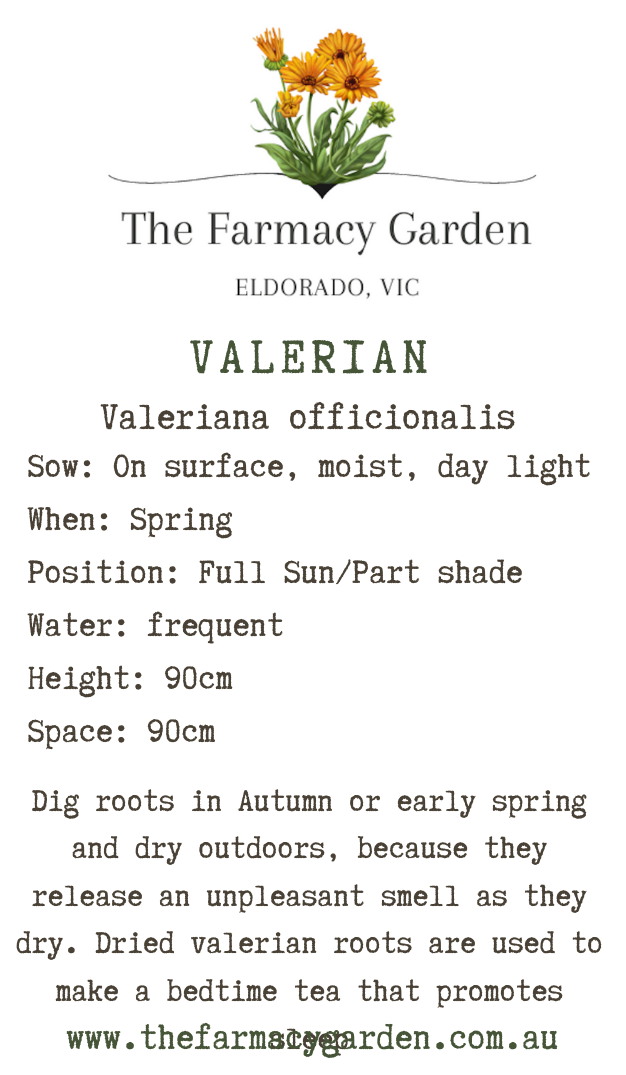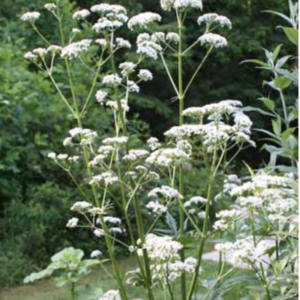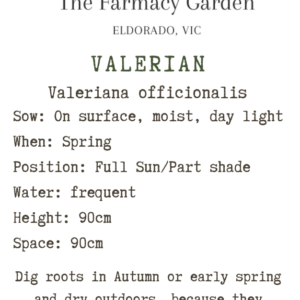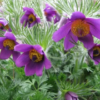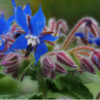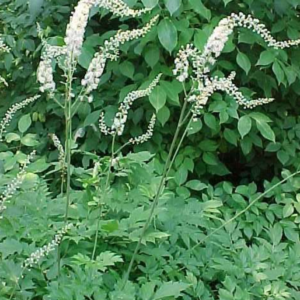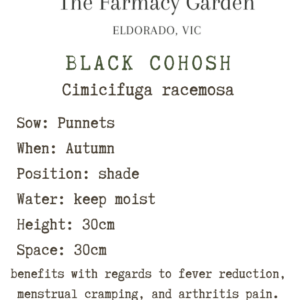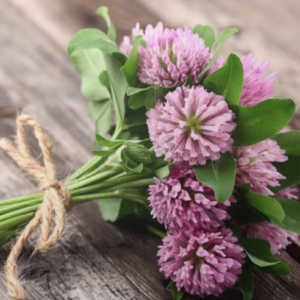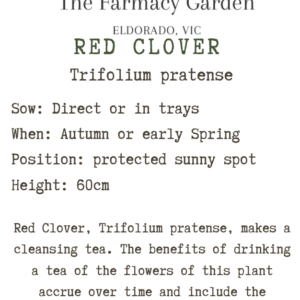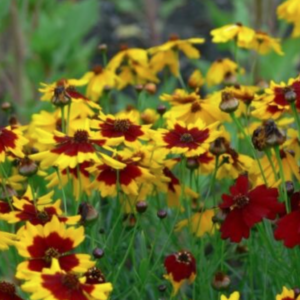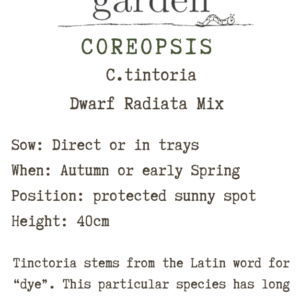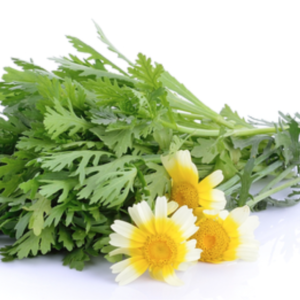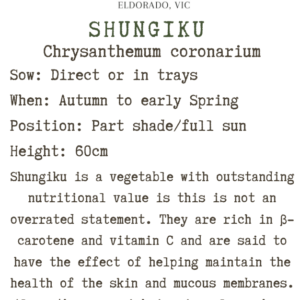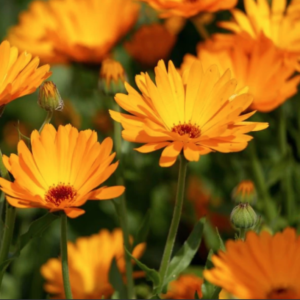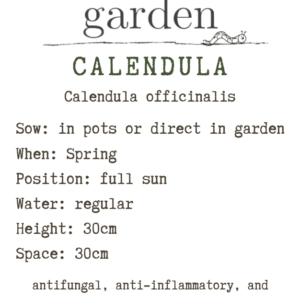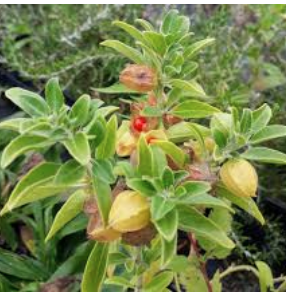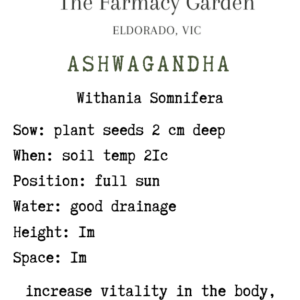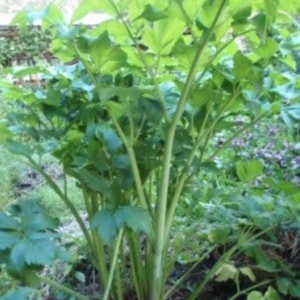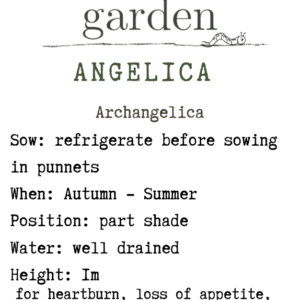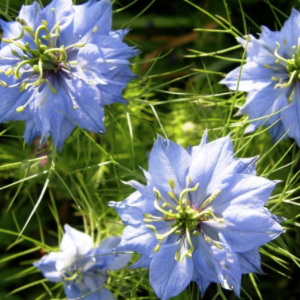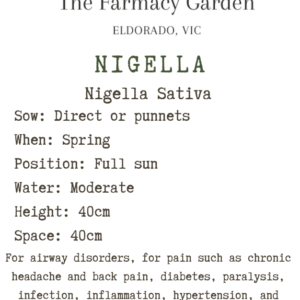Valerian Seeds, Valerian officinalis
$6.50
The valerian root is used in many medicinal applications and is known to be an effective sleep aid. It can grow up to five feet tall, and when in bloom, the top of the plant is covered with small pale pink or white flowers.
Valerian (Valeriana officinalis) is a flowering perennial that is native to much of Europe and Asia. The word’s origins come from the Latin verb valere which means “to be strong and healthy”, and one of its common names is “all-heal.”
The valerian root is used in many medicinal applications and is known to be an effective sleep aid. It can grow up to five feet tall, and when in bloom, the top of the plant is covered with small pale pink or white flowers.
GROW: Seeds can be sown directly where they are to grow, or can be sown in pots or trays indoors and transplanted in spring or in autumn, Sow on the surface and do not cover, as light aids germination of seeds. Valerian grows best in moist conditions, so supply plenty of heavy watering. The plants are highly tolerant of urban pollution and will even thrive in inner city environments. They promotes earthworms and are a good addition to compost. Also great for attracting bees and butterflies.
HARVEST: The best times to harvest the roots of your valerian plant is either in spring or autumn as that’s when the beneficial compounds are at their peak. After harvesting the roots, wash them well and then spread or hang them to dry in a warm place.
You’ll want to wait to start harvesting the roots until autumn of the second year. Dig roots in fall or early spring and dry outdoors, because they release an unpleasant smell as they dry. Store in airtight container. Dried valerian roots are used to make a bedtime tea that promotes sleep. They are also much loved by cats and dogs
USE: An essential oil from the leaves and root is used as a flavouring in ice cream, baked goods, condiments etc. It is especially important in apple flavours. The leaves can also be used as a condiment. The plant is used in moderation as a herbal tea.
Related products
Flower Seeds
Flower Seeds
Flower Seeds
Flower Seeds
